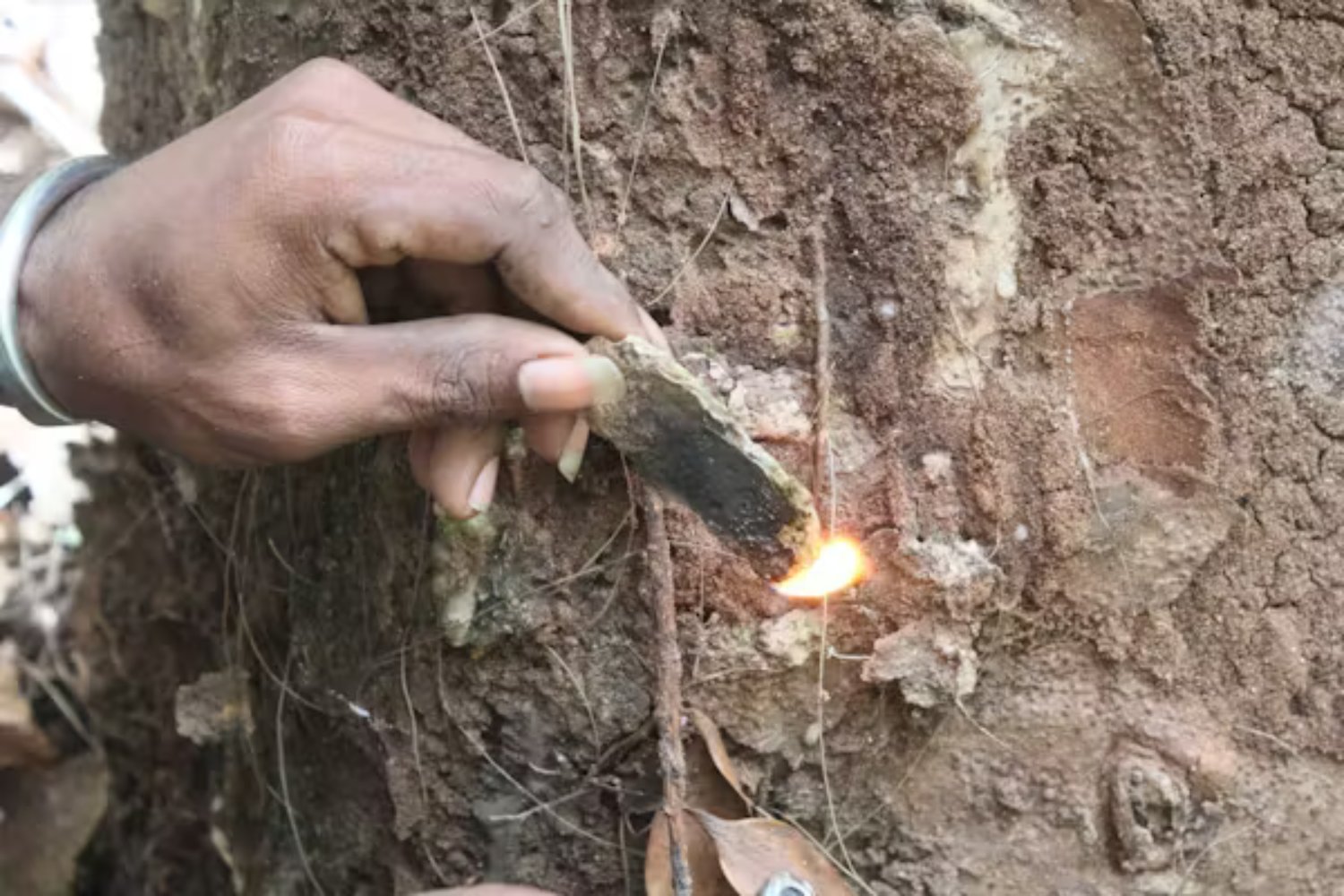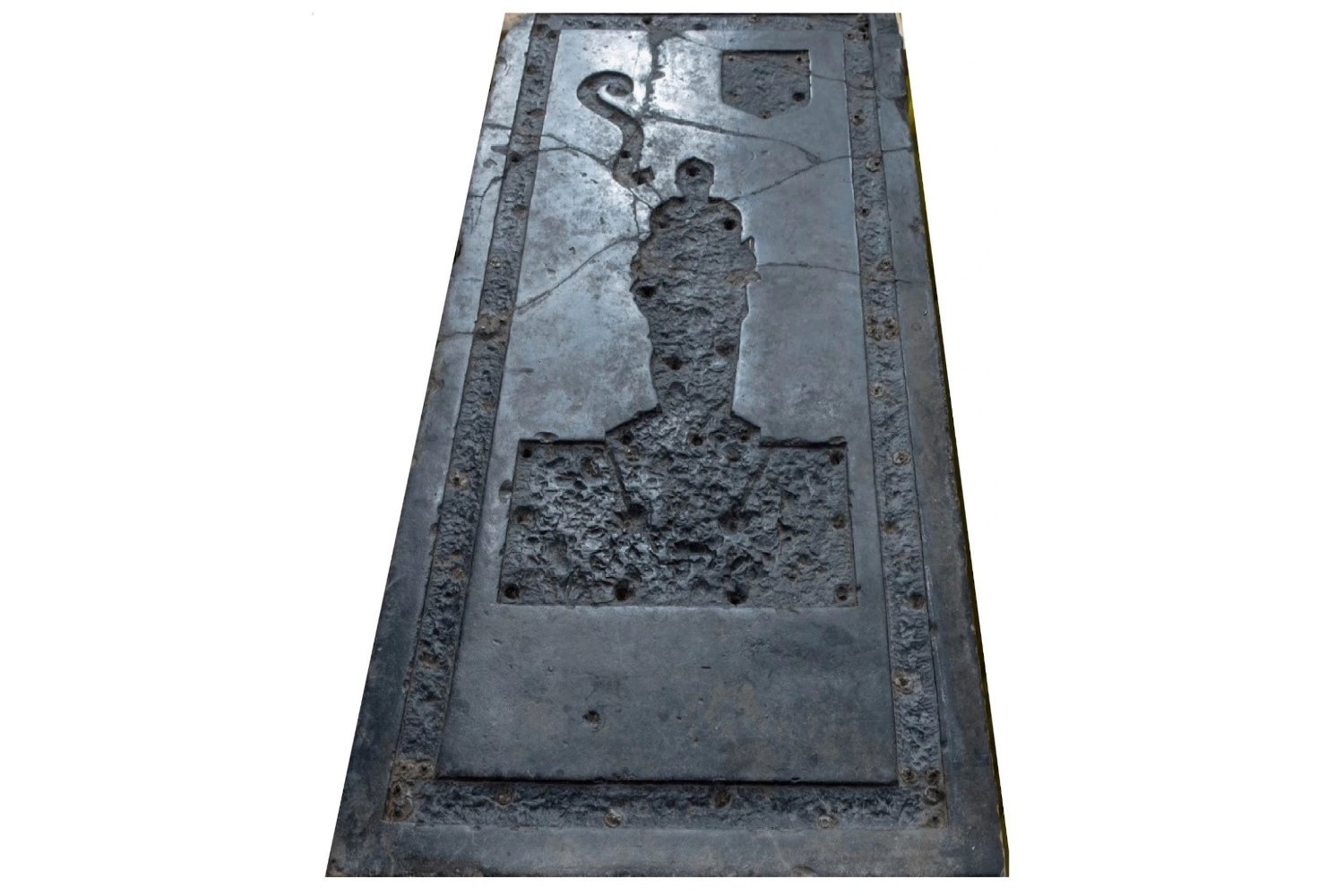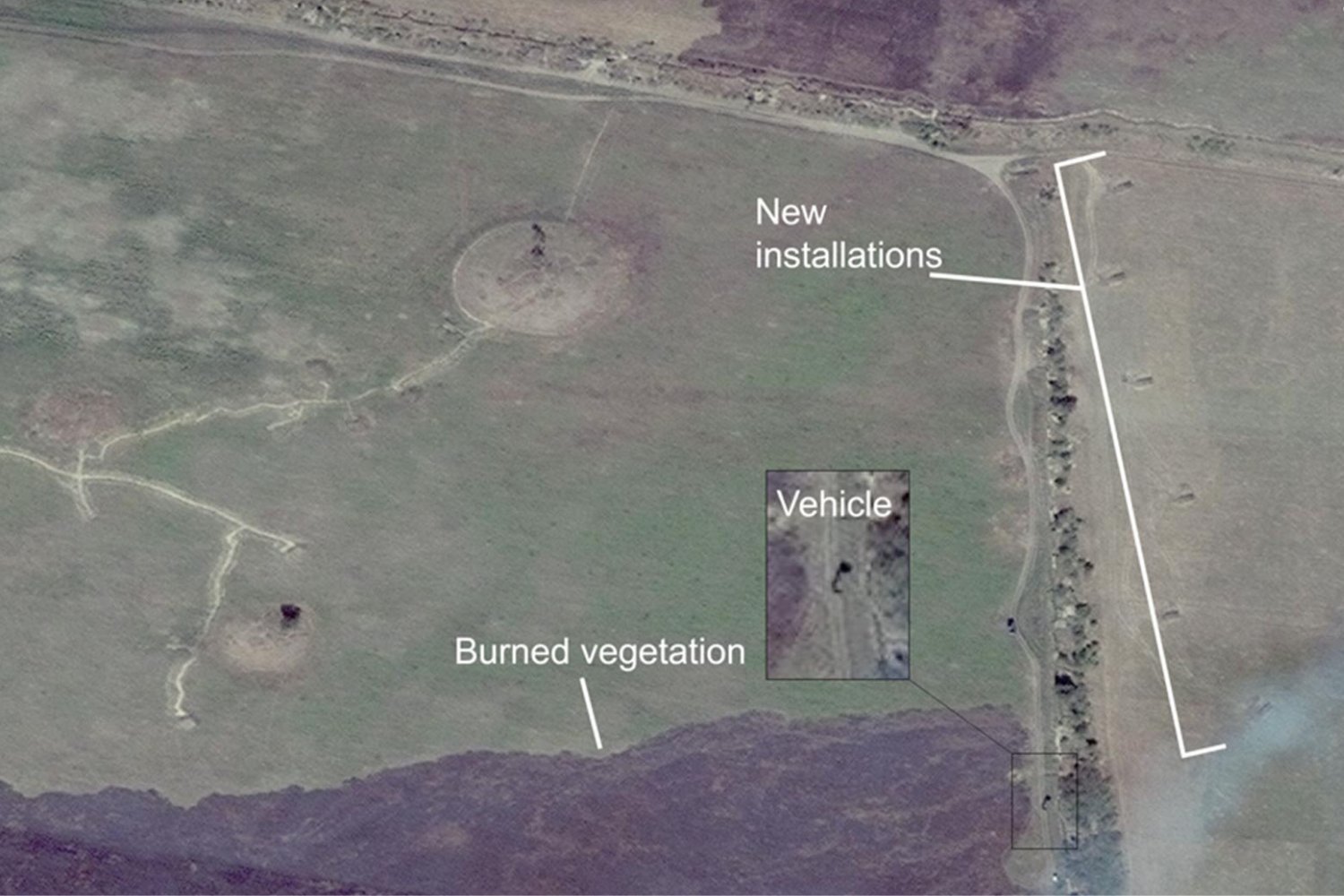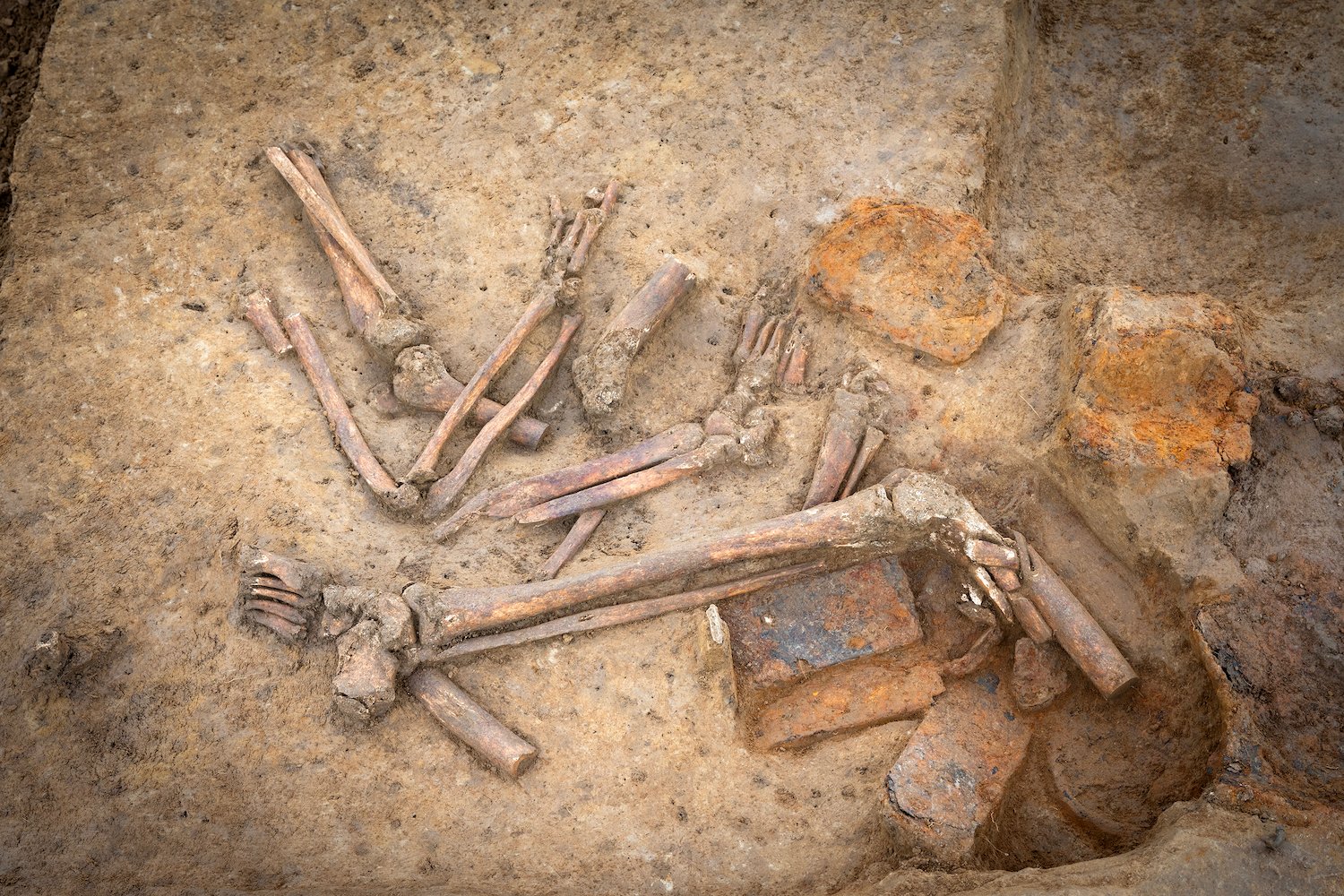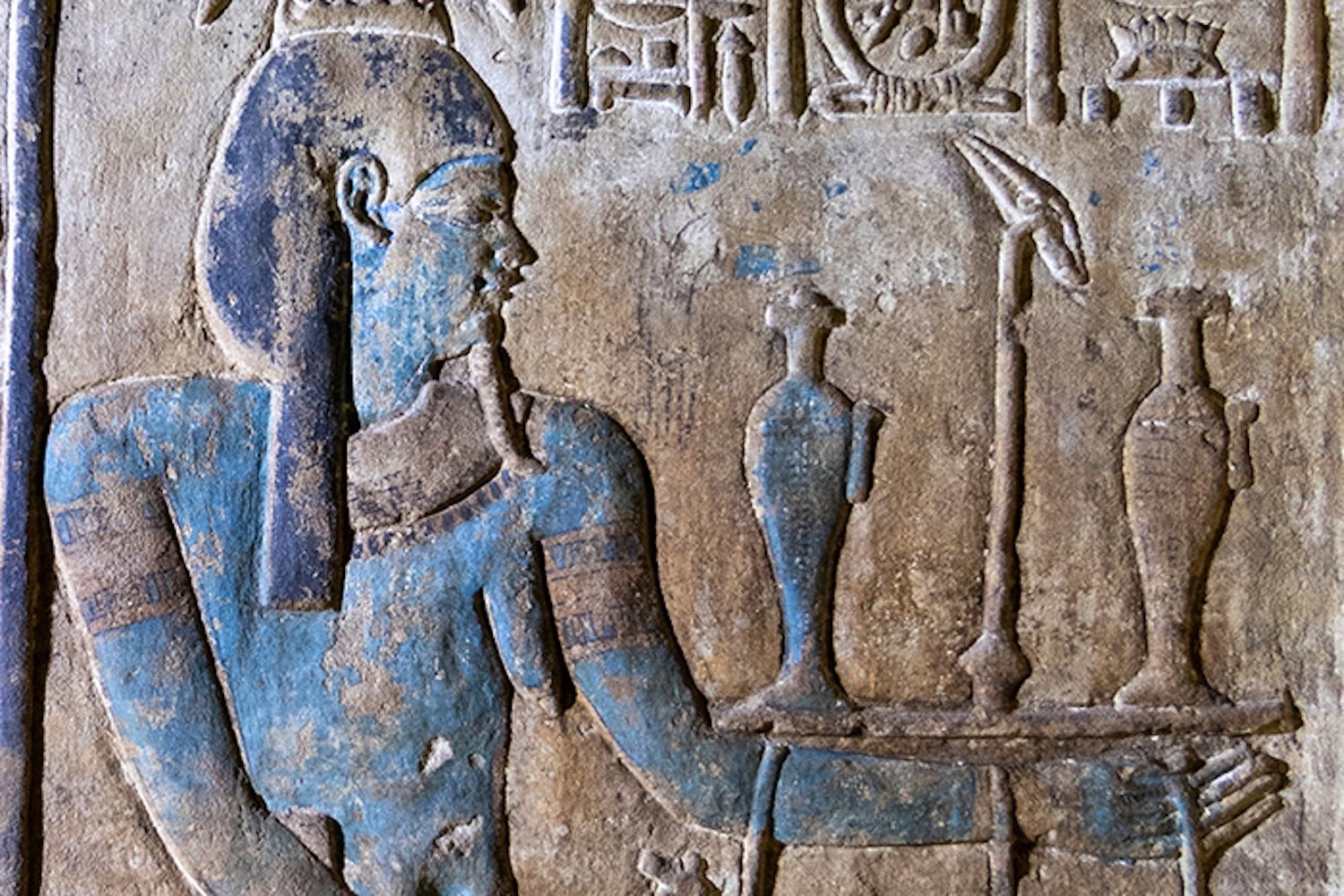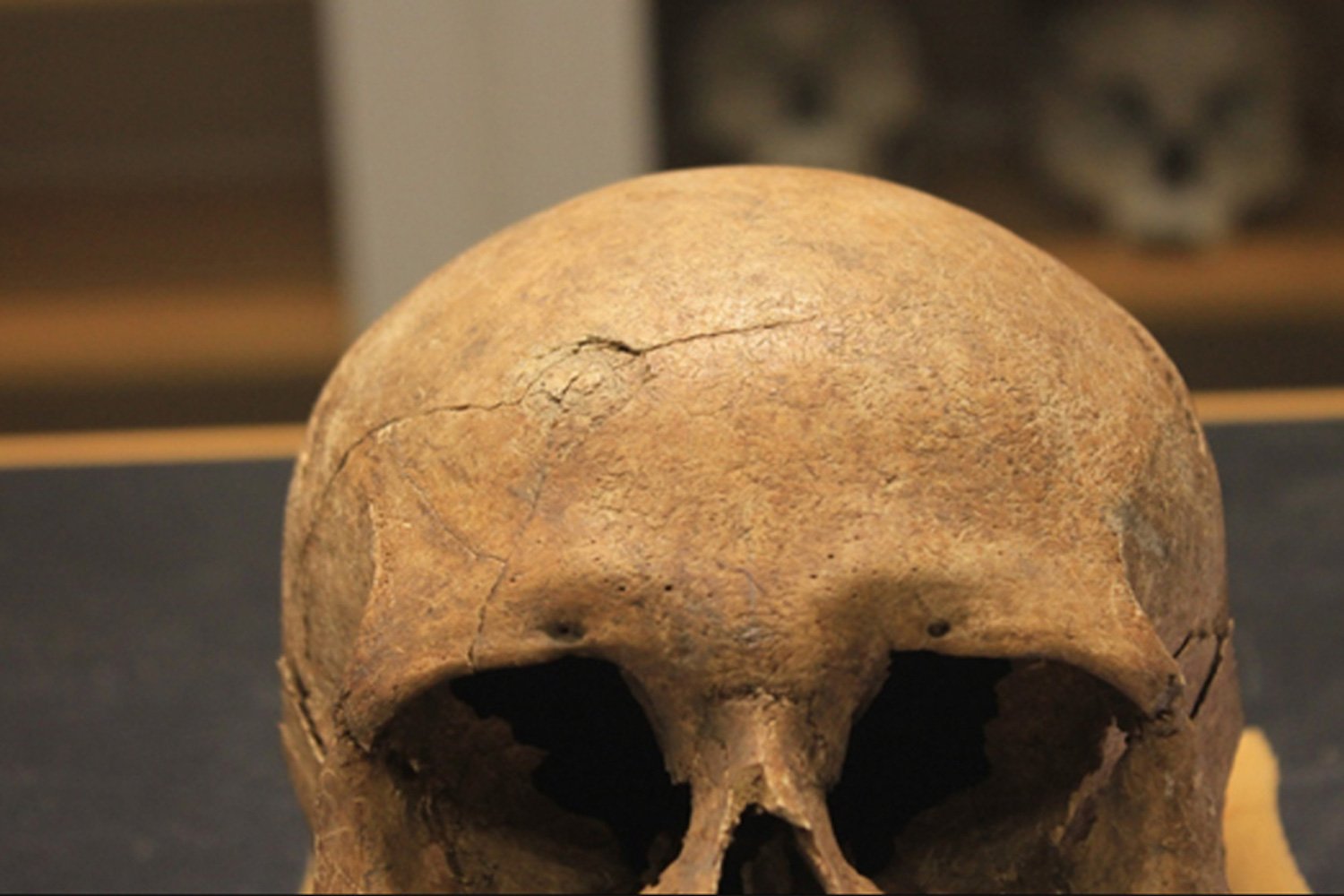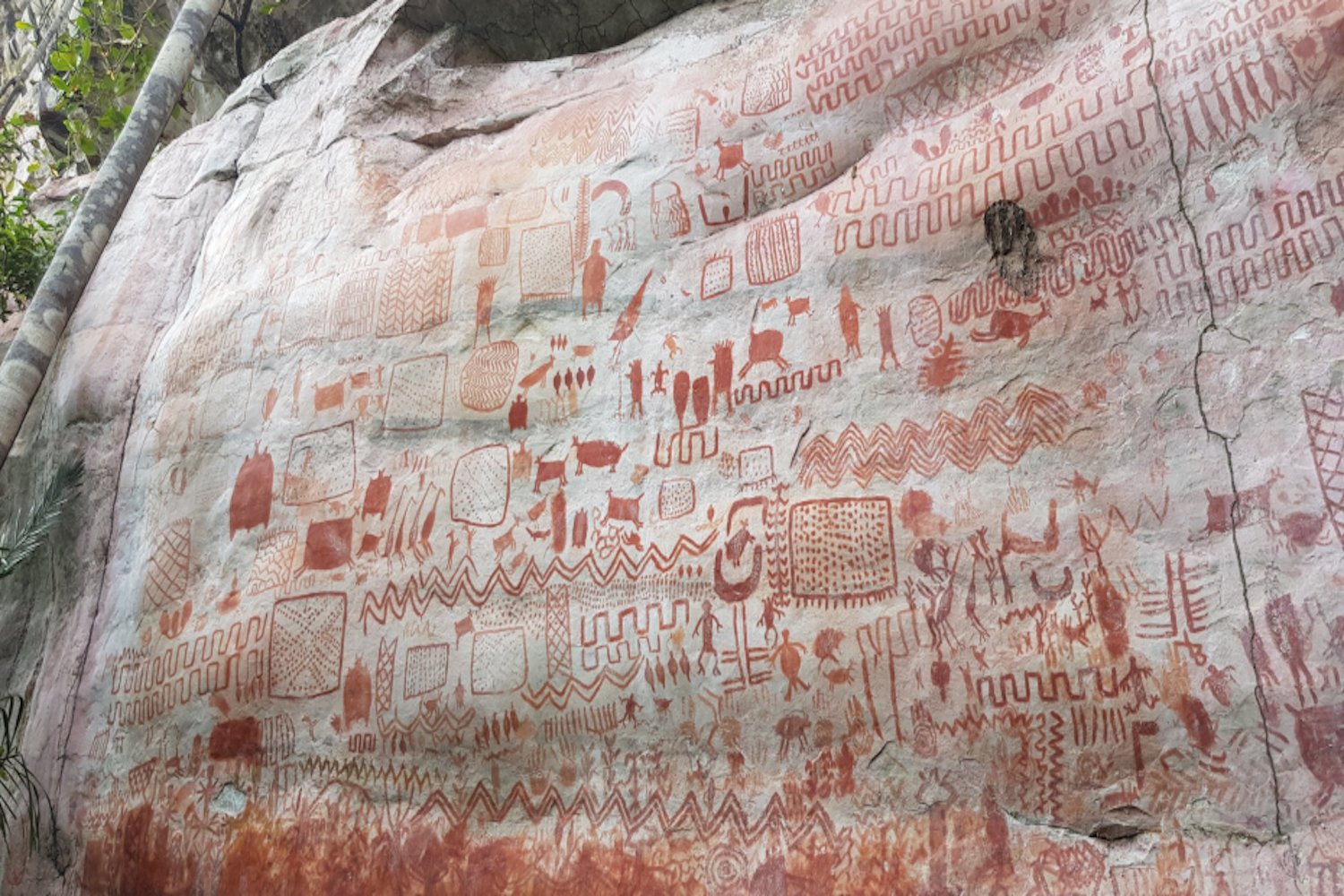Ancient tree resin found in a cave in West Papua offers the oldest known evidence of human arrival in the Pacific, pushing the timeline back to 55,000 years ago. Discovered in Mololo Cave on Waigeo Island, part of the Raja Ampat archipelago, the resin, along with other artifacts, provides intriguing clues about early human migration.
The archaeological team, whose research was published in Antiquity, unearthed a variety of artifacts within Mololo Cave, including stone tools, animal bones, charcoal, and crucially, pieces of hardened tree resin. This resin proved essential in dating the human presence. While some smaller animal bones likely occurred naturally, larger remains like those of terrestrial birds, marsupials, and megabats suggest human predation. The presence of marine animal remains, such as fish teeth and sea urchin fragments, indicates these early inhabitants transported resources from the coast, located approximately 9.32 miles (15 kilometers) away, to process within the cave.
The tree resin pieces themselves weren’t naturally occurring formations. Researchers believe humans intentionally cut bark from trees and then shaped the hardened resin. Although the exact purpose of the resin remains unclear, it’s speculated it may have served as a fuel source for fire. Radiocarbon dating of the layers containing the resin places human activity in the cave as early as 55,000 years ago.
The precise timeline and routes of human migration across the Pacific islands continue to be debated. While other hominins, like Homo erectus and Homo floresiensis, are known to have inhabited the region, the Mololo Cave occupants were most likely Homo sapiens. However, the possibility remains that they were more closely related to Denisovans, an enigmatic group of extinct hominins.
The extinction of the ‘hobbits’ of Flores island coincides roughly with the estimated arrival of early modern humans on Waigeo, approximately 50,000 years ago. At that time, the shortest distance between Waitanta (the ancient landmass that now comprises Waigeo and Batanta islands) and the Sahul paleocontinent was a mere 1.55 miles (2.5 kilometers).
Researchers suggest Waitanta was likely initially inhabited by people migrating westward from Wallacea. However, another possibility is that humans first entered Sahul through Australia, subsequently moving northwest and reaching Waitanta from what is now New Guinea’s Bird’s Head Peninsula.
The research team has also modeled potential migration routes through the Raja Ampat archipelago. Further investigations at sites within the archipelago are planned to refine the timeline of human arrival and potentially identify the specific hominin group present.



